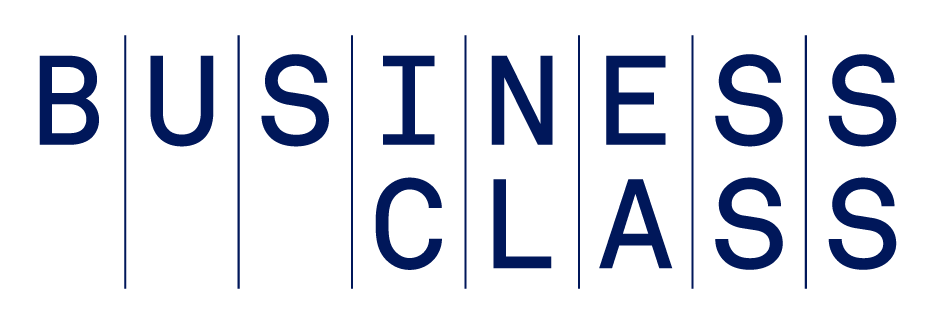No matter how important or valuable the information, without engagement, your presentation may not reach its full potential.
Want to persuade, spark inspiration, and encourage action? I've narrowed down nine engaging presentations tips that can help keep the audience focused on your message.
1. Be Mindful of the 10-Minute Rule of Presentations
Though everyone’s attention span differs, it’s safe to say that people can concentrate on a single topic for a limited time – after that, the mind begins to wander. What’s for dinner? How is my kid doing on her math test? Did I feed the dog this morning?
The 10-minute rule of presentations aims to keep audiences engaged by structuring content in 10-minute blocks and leveraging different engagement strategies for each block. Try asking a question that stimulates some audience interaction. Perhaps show a relevant video clip, or share a unique and pertinent anecdote. Consider presenting the audience with a problem to tackle, such as analyzing a diagram or thinking critically about a photo. Or, turn your screen off for a few minutes – this way, there’s nowhere for the audience to focus but on you. Then, consider switching up by presenting the next segment through a different medium, such as by writing on a flip chart or whiteboard, or, if virtual, opening a chat room. Sameness begets boredom; a change, however minor, can recapture and refocus attention.
2. Use Images
In “Brain Rules: 12 Principles for Surviving and Thriving at Work, Home, and School, Dr. John Medina emphasizes: “Vision trumps all other senses.” This principle underscores the power of visual memory over mere auditory recall. Specifically, Medina says that when we hear a piece of information, three days later we’ll remember only 10% of it; but if we add a picture, we’ll remember 65%. Those are some pretty powerful statistics.
In light of this, consider ditching those long-winded speeches and text-heavy slides. Instead, try to aim to spice up your presentations with relevant, compelling images. Just try to be sure that your slides work to complement, not overpower, your speech. Your message should still drive the conversation – and added engaging photos, infographics, and succinct bullet points can help keep your audience more engaged.
3. Utilize Visual Storytelling
Bullet points have long been a staple in presentations. This concise format can help presenters clearly communicate key ideas, making it easier for audiences to follow along and grasp the main points. Yet, as efficient as they are, bullet points can appear dull or monotonous, with lists potentially coming across as overwhelming if bullets are not used judiciously. Transforming conventional bullet points into captivating visuals that further elucidate each point can make a big difference to audience engagement.
Features like SmartArt in PowerPoint and Google Slides can be a great way to elevate lists beyond mere text. Pointing out a financial downtrend? A downward sloping arrow adorned with a dollar sign may be more impactful than a simple bullet. You may also want to search external sources for unique images and gifs that will give your presentation a distinctive edge.
4. Honor the Audience
Every individual attending your presentation brings a unique perspective, and recognizing this can be a powerful tool for engagement. By acknowledging the collective experience and expertise in the room (or virtual space) and bringing the audience’s attention to themselves, you not only validate their presence, but also foster an environment of collaboration and openness.
For example, a simple statement such as “I know there is a great deal of talent here. I encourage you to bring that talent to bear, and share your thoughts on the topic with the rest of the group,” can create a two-way communication channel that keeps your audience engaged and makes your presentation more dynamic and inclusive. Other options are to pose interactive questions that allow the audience to share experiences or perspectives, as well as allocating a portion of the presentation for open feedback.
5. Keep the Cameras On
For online presentations, it’s extremely easy for audiences to tune out the presenter. All it takes is turning off the camera, muting the microphone, and “listening” while doing something else, then chiming in occasionally or as needed. Many of us have done it, whether we'd like to admit it or not.
To spark conversation and ensure engagement levels remain high, try to encourage everyone to keep their cameras turned on. If audience members know they’re being seen by others, they may be more likely to remain connected to the presentation. Of course, if the participant size is large enough to slow down bandwidth and make it hard to present, it might be necessary to allow a “cameras off” approach.
6. Use Alternatives to Lecturing
Traditional lectures, while informative, can sometimes be dry enough to lose an audience’s attention. Try varying your presentation method – it might keep attendees more engaged, especially if it encourages active participation. For instance, instead of just speaking, why not use a mind map to visually map out your points? Consider drawing one on a flip chart as you speak, animate it within your slides, or employ mind-mapping software for a more dynamic and interactive experience. Such visual aids not only capture attention but also help to foster comprehension. Try to explore different formats to find out what works best for your presentation style and your audience.
7. Connect the Dots for People
A cohesive presentation can do more than just share data – it should guide your audience through the narrative. This can reduce cognitive load, making it easier to follow along. Consider helping your presentation audience easily trace the journey from where you started to where you’re headed. Try to use clear signposts and transitional phrases, such as “Having discussed the first reason, let’s move onto the second...” to help set the context.
It’s also important to answer the underlying “so what?” that’ll linger in the minds of some listeners. Transitions that help people understand why they should care include:
- “The next point is pivotal for our project’s success...”
- “The one thing I would like you to remember is...”
- “Why does this matter to our company?”
- “What implications does this hold for us?”
These segues can make content more digestible, and recapture the attention of anyone who might have begun to drift off.
8. Learn the Art of the Question
If you really want to keep your audience engaged, try to aim to make your presentation a two-way street. The right questions can turn a monologue into a dialogue by drawing out attendee insights. Open-ended questions, in particular, have a way of sparking deeper discussions by pushing your audience to reflect and respond.
That said, spontaneity can be challenging. It’s a good idea to have a repertoire of questions you can draw from in the moment. Here are a few go-to questions to consider keeping in your pocket:
- “What led you to this conclusion?”
- "How would you explain this to someone unfamiliar with the topic?”
- “How does this relate to...”
- “Could you give me an example of what you mean?”
And, of course, sometimes the most potent prompt is also the simplest: “Tell me more.”
9. Time Your Presentation Right
While content and presentation structure are crucial, the time of day you present can also determine how attentive and receptive your audience is. Why? Our energy and attention levels naturally fluctuate throughout the day. Right before or right after lunch, for instance, people might either be too hungry to concentrate or too full to stay alert. Such physiological factors can inadvertently become distractions.
It’s also important to keep in mind that every audience is different, so always consider the specific needs and routines of your attendees. Some groups might be more receptive in the late afternoon, while others prefer early mornings. Know your audience, and try to choose your time slot accordingly.
The Bottom Line
It is a privilege to have people listen to us. With that privilege comes a responsibility to deliver our information in a stimulating and intellectually engaging way. Consider devoting some time to learning how to improve your presentation skills, from devising an engaging presentation structure to figuring out how to elicit audience feedback.
A version of this article was originally published on September 14, 2012.
Photo: Getty Images






